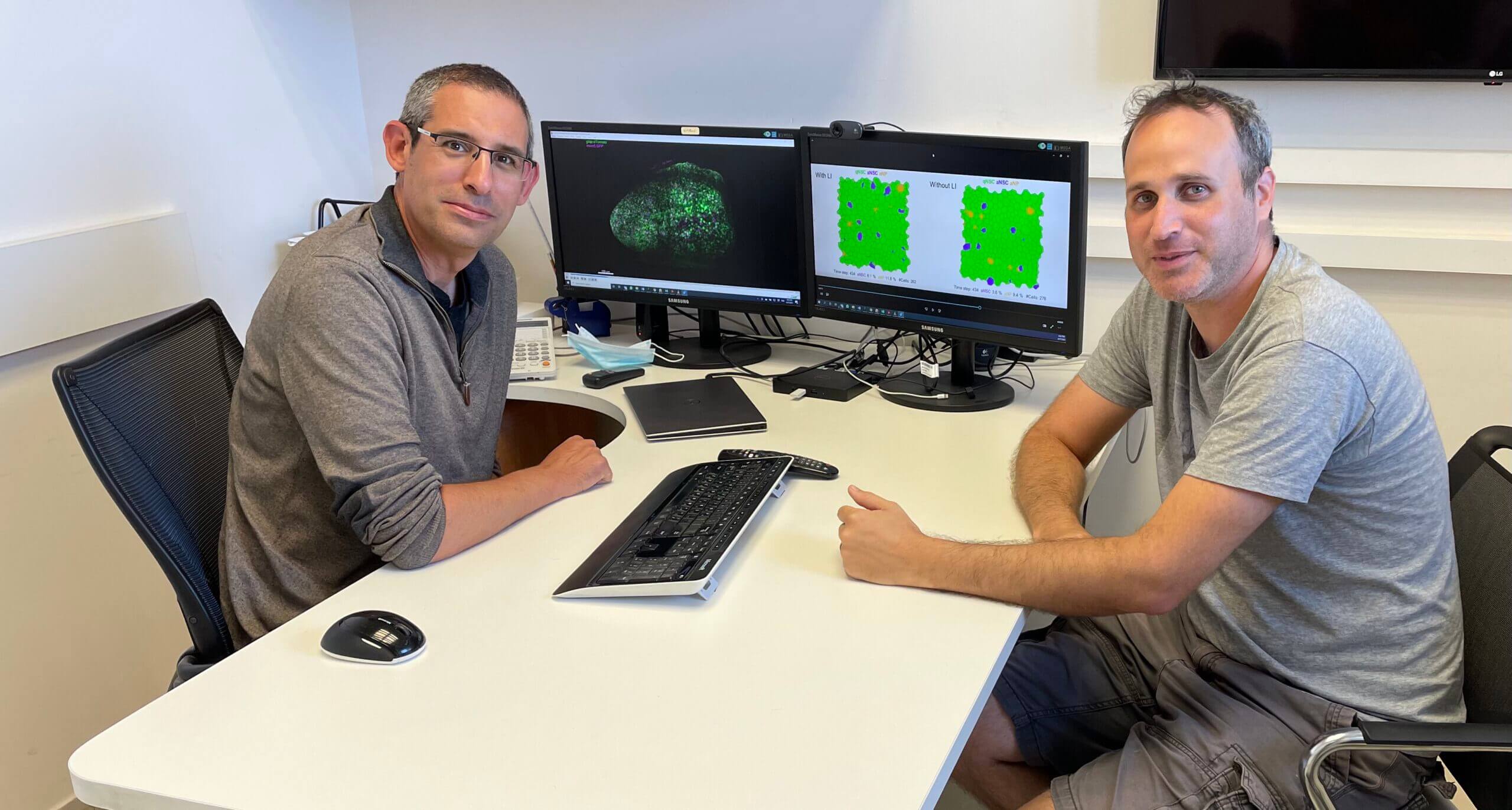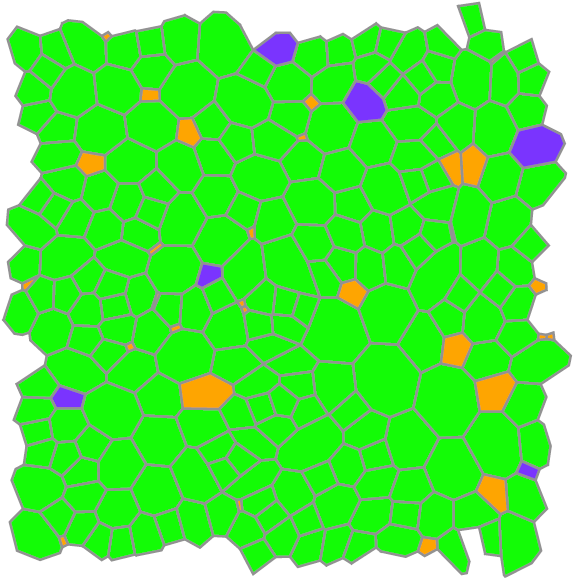The researchers found that the activation process of stem cells in the brain responsible for the production of neurons (nerve cells) is not random but ordered and coordinated. According to them, the findings are of great importance for understanding the normal development of the brain. The findings may form the basis for the development of future treatments for brain cancer, for degenerative diseases of the brain such as Alzheimer's and Parkinson's, and for various brain injuries

Researchers from the School of Neurobiology, Biochemistry and Biophysics in the Faculty of Life Sciences of Tel Aviv University created with the help of zebra fish an advanced simulation (simulation) of a key process in the brain: the activation (activation) of stem cells responsible for creating neurons. The imaging revealed that the process, which until today was considered random, is actually organized and coordinated, thus ensuring the normal development of the neurons in the brain. According to the researchers, their findings contribute a new layer to the understanding of brain development, as well as to the study of injuries and diseases related to neurons, such as brain cancer, degenerative diseases such as Alzheimer's and Parkinson's and brain damage of its types. The visualization was based on photographs with innovative technology of the brain in zebrafish.
The research was led by Prof. David Sheprincek and research student Udi Binstock from the School of Neurobiology, Biochemistry and Biophysics of the George S. Wise Faculty of Life Sciences, and Prof. Laure Bally-Cuif and her team from the Pasteur Institute of the National Institute for Scientific Research in France. The article was published in the journal Cell Stem Cell.
Prof. Shaprinzek explains that in the brains of all vertebrates, including humans, there are stem cells located on the cerebral cortex, and their role is to produce new neurons (unlike embryonic stem cells, which can differentiate into all types of cells in the body, these stem cells can only produce neurons or cells additional race).
In humans, these cells are mainly active during childhood, during brain development. In an adult, they are usually dormant, and wake up to action only rarely, especially in the case of brain damage - to regenerate damaged neuronal tissue, and repair the damage if possible.
Prof. Sheprincek adds that in degenerative diseases of the brain, such as Parkinson's and Alzheimer's, the process goes wrong and a decrease in the number of stem cells in the brain and their reproduction rate is observed. In cases of brain cancer, on the other hand, various cells in the brain turn back into stem cells, then go into overdrive and proliferate uncontrollably.
According to the researchers, the current study sought to examine the mechanism that awakens the stem cells in the brain so that they start dividing: "Until now, the awakening was considered random, and we wanted to check if there is any order in it, and whether the awakening of one stem cell affects the others," notes Prof. Shaprinzek. "For this purpose, we carried out research on zebra fish, the field of expertise of the laboratory at the Pasteur Institute in France. The zebrafish were chosen because the stem cells in their brains are similar to those of mammals, but much more active, so the neurons in their brains are constantly renewed."

As part of the research, advanced photography technology was used that allows the brain of the fish to be photographed when it is alive and active. The researchers took a photo every three days for several weeks, thus creating a sequence of images showing the process of development and regeneration in the brain.
This data was transferred to the laboratory of Prof. Sheprincek at Tel Aviv University, who analyzed it and built a computational simulation of the process of awakening the stem cells in the brain. Prof. Sheprincek: "Our main discovery is that, contrary to what scientists have believed until now, the process is not random. The new neurons are created in an orderly and coordinated manner." The computational model clearly showed that an activated embryonic stem cell does not allow the cells next to it to go through a similar process for several days. In this way, he ensures that the neurons produced will be arranged in the brain in a normal way. This finding is very important for understanding the development and normal structure of the brain.
Prof. Shaprincek concludes: "Our research adds an important layer to the understanding of brain development. It may help develop future treatments for brain injuries and degenerative brain diseases such as Alzheimer's and Parkinson's, by activating the stem cells to produce new neurons. It also promotes the understanding of the mechanism of the development of brain cancer, as a possible infrastructure for treatments that will neutralize the cancer process."
More of the topic in Hayadan:
- A new discovery on the development of the hearing mechanism in embryos
- Warmth and order
- Administering immune cells may accelerate the recovery of patients undergoing bone marrow transplantation from a mismatched donor
- Stronger than steel, flexible as plastic
- How does the brain manage to process so much information?

2 תגובות
Hello Gabriela,
The current study does not directly refer to a specific disease but to a basic research question of whether there is communication between neuronal stem cells that creates coordination between them during their differentiation into neurons.
It is possible that the model we obtained in the research will be a basis for future studies, including studies dealing with normal development of the brain in toddlers, and in particular (to your question) how autism develops.
A.N.
Does your theory also apply to autistics?